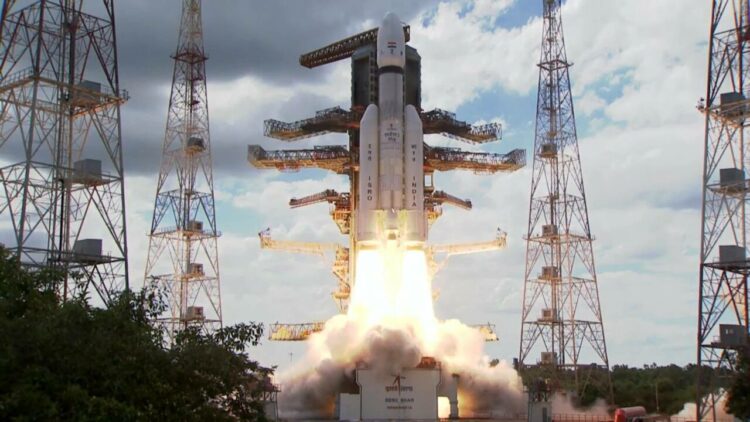On August 1, 2023, the Indian Spacecraft to the Moon, Chandrayaan-3, moved into the trans-lunar orbit in the early hours of the day. After the launch, it remained in the Earth’s orbit for two weeks.
The spacecraft will cover the distance to the moon in about four days. On August 5, 2023, it will enter the lunar orbit and start going around the moon, similar to that of the Earth until now. It will slowly get into the lower and lower orbit around the moon before attaining a circular orbit of 100km.
The Path to the Moon
It is from this circular orbit that the final descent of the lander and the rover module will occur on August 23, 2023. The spacecraft will spend the next 18 days or so going around the moon and reducing its velocity and orbit in preparation for landing.
The final orbit of the spacecraft will be 100*100km around the moon. The lander rover will then separate itself from the module and descend to the surface. Instead of shooting directly for the moon, the Indian Space missions have used the gravity of the Earth to increase the velocity by going around it and increasing the orbit slowly.
The Chandrayaan-3 Mission is set to become India’s spacecraft to make a soft landing on the moon. The previous mission (Chandrayaan-2), launched by the ISRO, failed to make a proper landing on the moon.
The Landing Site
The landing site selected for the mission will be just slightly off the one chosen by Chandrayaan-2. The spacecraft will land at 69.36 degrees south and 32. 24 degrees near the moon’s southern pole This region was chosen as several craters remain permanently there in the shade and can turn out to be a storehouse of water, ice and precious minerals.
Reason behind the failure of Chandrayaan-2
Chandrayaan-2, which was also designed for these objectives, crash-landed at a place 2.1 km away from the surface. Explaining the cause of failure of the previous mission in its last leg has said that the five engines on the lander developed a slightly higher thrust than expected.
Although still within parameters, these errors accumulated during the period of the lander had to remain stable. The lander clicked pictures during the descent to determine the landing site. When the corrections began, the spacecraft faced contradictory requirements of slowing down the velocity at which it was coming down but accelerating forward to reach the landing site.
So, when it landed, it hit the ground with a higher velocity. If a soft landing is achieved, then India will become the fourth country after the US, Russia and China to do so. It will be India’s first soft landing near the moon’s southern pole. With Chandrayaan-1, India had dropped a moon impact probe closer still to the south pole at 89.7 degrees oS near the Shackelton crater.
Changes Implemented
To ensure the success of the current mission, several changes were made, such as sturdier legs for the lander, one less engine to ensure appropriate thrust along with more solar panels on its surface and the option for it to land anywhere on a larger 4km*4km area. The lander has been equipped with more fuel to enable longer-distance travel to the landing site or alternate locations.
An instrument called Laser Doppler Velocimeter will fire laser beams to the lunar surface to calculate the landers’ speed. The lander area has been expanded, which will provide more flexibility to land safely within a designated target area.
Apart from the above, additional navigational and guidance systems are on board Chandrayaan-3 to continuously monitor landing speed and make necessary corrections.

















Comments